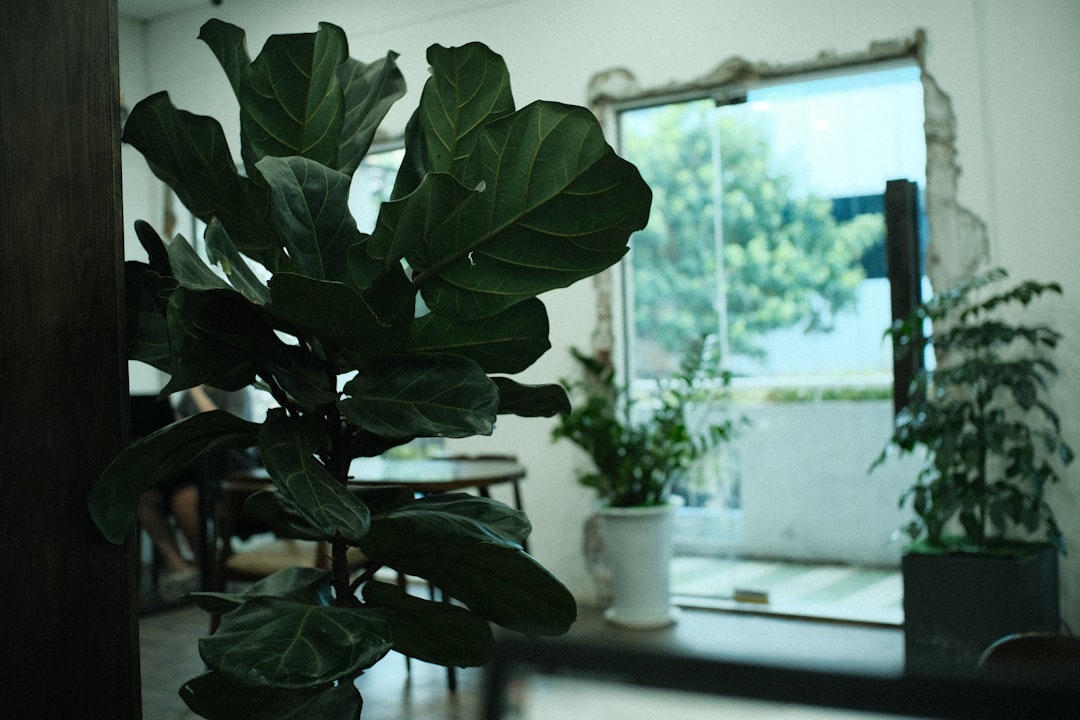Unveiling the Secrets of Seed Storage and Viability

When it comes to gardening, seeds are the very foundation of a thriving yard. One crucial aspect that often goes overlooked is how long seeds last, which is highly dependent on how they are stored. In this article, we will delve into the art of seed storage, ensuring that your seeds remain in good condition for as long as possible, and also learn how to check their viability.
First and foremost, understanding the factors that affect seed longevity is essential. Seeds are living organisms, albeit in a dormant state. They contain all the genetic information needed to sprout into a new plant. However, over time, they can lose their viability due to various environmental factors. Temperature, humidity, and light are the primary culprits that can accelerate the deterioration of seeds.
Temperature plays a significant role in seed storage. Most seeds prefer cool and stable temperatures. A general rule of thumb is to store seeds at a temperature between 32°F and 41°F (0°C and 5°C). This can be achieved by using a refrigerator or a cool basement. Avoid storing seeds in areas that are subject to extreme temperature fluctuations, such as near a heater or in an uninsulated shed. High temperatures can cause the seeds to age more quickly and reduce their ability to germinate.
Humidity is another critical factor. Seeds absorb moisture from the surrounding air, and excessive humidity can lead to mold growth and premature sprouting. To combat this, it is recommended to store seeds in airtight containers. You can use glass jars with tight - fitting lids or plastic seed storage containers. Adding a desiccant, such as silica gel packets, to the container can help absorb any excess moisture. Silica gel packets are commonly found in new shoes or electronic products. Just make sure to label them clearly so that they are not accidentally consumed.
Light can also have a negative impact on seed viability. Exposure to light can trigger chemical reactions within the seeds that can damage their genetic material. Therefore, it is best to store seeds in opaque containers or in a dark place. A drawer or a cabinet away from direct sunlight is an ideal location.
Now that we know how to store seeds properly, let's talk about how to check their viability. There are several methods to determine if a seed is still capable of germinating. One of the simplest methods is the paper towel test. Take a damp paper towel and place a few seeds on it. Fold the paper towel over the seeds and place it in a plastic bag. Keep the bag in a warm place, such as on top of a refrigerator. Check the seeds after a few days. If they have sprouted, they are viable. If not, they may be too old or damaged.
Another method is the water test. Fill a glass with water and drop the seeds into it. Viable seeds will usually sink to the bottom, while non - viable seeds may float. However, this method is not foolproof, as some seeds may have a natural buoyancy due to their shape or coating.
It is also important to note that different types of seeds have different lifespans. For example, lettuce and onion seeds typically have a shorter lifespan of about one to two years, while tomato and cucumber seeds can last up to four years if stored properly. By knowing the expected lifespan of your seeds, you can plan your gardening activities more effectively.
In conclusion, proper seed storage is the key to ensuring a successful garden. By controlling temperature, humidity, and light, you can extend the lifespan of your seeds and increase the chances of germination. Regularly checking the viability of your seeds will also help you avoid wasting time and effort on planting non - viable seeds. So, take the time to store your seeds correctly, and you'll be rewarded with a beautiful and bountiful yard garden.